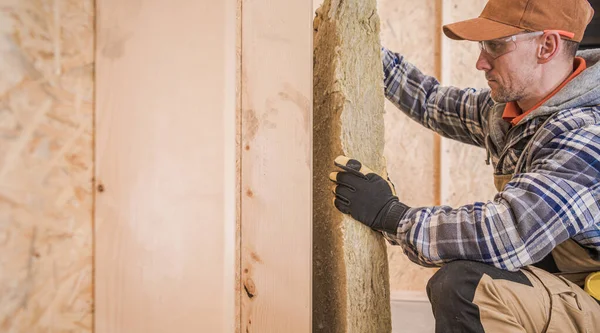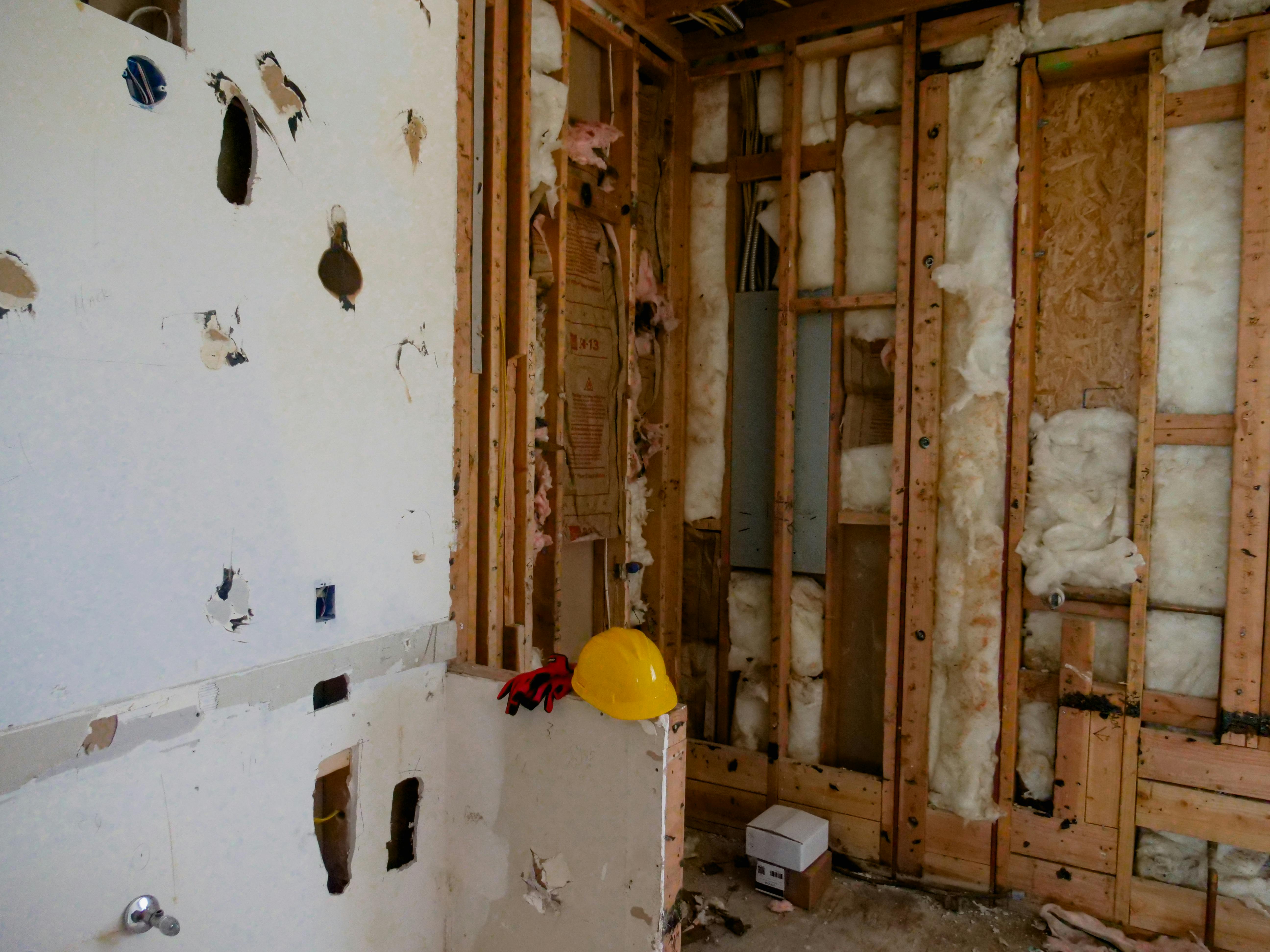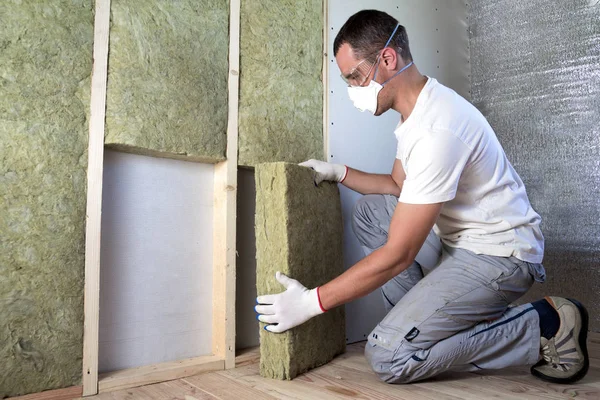Maximizing Home Energy Efficiency Through Proper Wall Insulation Techniques
Home energy efficiency is a critical aspect of modern living. As energy costs continue to rise, homeowners are increasingly seeking ways to reduce their energy consumption while ensuring their homes remain comfortable throughout the year. One of the most effective methods to achieve this is through proper wall insulation techniques. Insulation plays a vital role in maintaining the desired indoor temperature and minimizing energy expenditure. In this article, we will explore various insulation techniques, their benefits, and how they can help maximize home energy efficiency.
Understanding the Importance of Wall Insulation
The Role of Insulation in Energy Efficiency
Insulation serves as a barrier that slows the transfer of heat between the interior of a home and the outside environment. During the winter months, proper insulation helps retain heat generated by heating systems, preventing it from escaping into the cold air outside. Conversely, during summer, insulation prevents outdoor heat from infiltrating the home, thereby reducing the reliance on air conditioning. This dual function of insulation makes it essential for energy efficiency.
Types of Wall Insulation Materials
When it comes to insulating walls, several materials can be utilized, each with its unique properties and benefits. Common insulation materials include fiberglass, foam board, spray foam, and cellulose. Understanding these materials' characteristics can aid homeowners in selecting the best option for their specific needs.
Choosing the Right Insulation Technique
Fiberglass Insulation
Fiberglass insulation is one of the most widely used materials for wall insulation. Available in batts or loose-fill form, fiberglass is known for its affordability and effectiveness. It is non-combustible, resistant to moisture, and has a good thermal performance. When installing fiberglass insulation, it is crucial to ensure a tight fit to minimize air gaps that can compromise its effectiveness.

Spray Foam Insulation
Spray foam insulation is another popular choice for wall insulation. This material expands upon application, filling gaps and creating an airtight seal. It is highly effective in preventing air leakage and has a high R-value, which measures thermal resistance. While spray foam insulation can be more expensive than fiberglass, its superior sealing properties can lead to significant long-term energy savings.
Cellulose Insulation
Cellulose insulation is made from recycled paper products, making it an eco-friendly option for homeowners. It is treated with fire retardants and is known for its excellent sound-dampening qualities. Cellulose can be blown into wall cavities, providing a dense and effective barrier against heat transfer. Additionally, it is an effective choice for retrofitting older homes with existing wall structures.
Foam Board Insulation
Foam board insulation is another effective method for insulating walls. It comes in rigid panels, which can be installed on exterior walls or as part of a continuous insulation system. Foam board provides high insulation values and is particularly useful in preventing thermal bridging, a phenomenon where heat escapes through framing members in walls.

Installation Techniques for Optimal Performance
- Proper Air Sealing: Before insulation installation, meticulously identify and seal any air leaks around windows, doors, electrical outlets, and other potential gaps to enhance insulation effectiveness and prevent conditioned air from escaping.
- Assessing Existing Insulation: For retrofitting, evaluate the condition of current insulation; in some cases, removing old or damaged insulation is necessary to ensure optimal performance of the new material and prevent issues like mold growth.
- Professional Installation: Consider hiring experienced contractors for insulation installation, as they adhere to local building codes, ensure proper techniques are used, and can provide valuable insights on suitable insulation strategies tailored to your home.
- Understanding R-Value Requirements: Research and comply with local climate-specific R-value recommendations, ensuring that insulation thickness meets these standards to maximize energy efficiency and maintain comfortable indoor temperatures.
The Process of Insulation Installation
Hiring Professionals vs. DIY
While some homeowners may choose to undertake insulation installation as a DIY project, hiring professionals can often yield better results. Experienced contractors can ensure that insulation is properly installed, adhering to local building codes and safety standards. Additionally, professionals can provide valuable insights into the most effective insulation techniques and materials for a particular home.
Permits and Regulations
Before undertaking insulation work, it’s important to check local building codes, as permits may be required for significant projects. Ensuring compliance helps meet safety standards and avoid potential legal issues. Non-compliance could lead to fines or complications during inspections. Consulting local authorities or qualified contractors can help ensure a smooth, compliant process.
Benefits of Proper Wall Insulation
Cost Savings
One of the most compelling reasons for investing in proper wall insulation techniques is the potential for significant cost savings on energy bills. By reducing the amount of energy needed for heating and cooling, homeowners can expect lower utility costs. This savings can offset the initial investment in insulation materials and installation over time.
Enhanced Comfort
Proper wall insulation contributes to a more comfortable living environment. By maintaining consistent indoor temperatures and reducing drafts, homeowners can enjoy a more pleasant atmosphere throughout the year. This increased comfort can lead to improved overall well-being and satisfaction with the home. Feel free to check us out here for more information.
Environmental Impact
Investing in energy-efficient insulation techniques also has positive implications for the environment. By reducing energy consumption, homeowners can lower their carbon footprint and contribute to a more sustainable future. Energy-efficient homes require less energy to maintain comfortable temperatures, leading to reduced greenhouse gas emissions from power plants.

